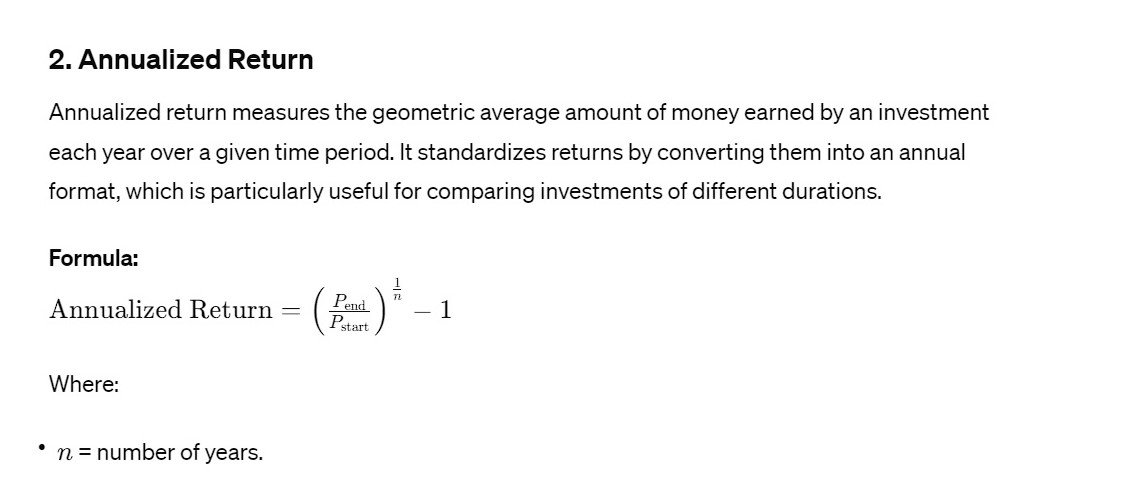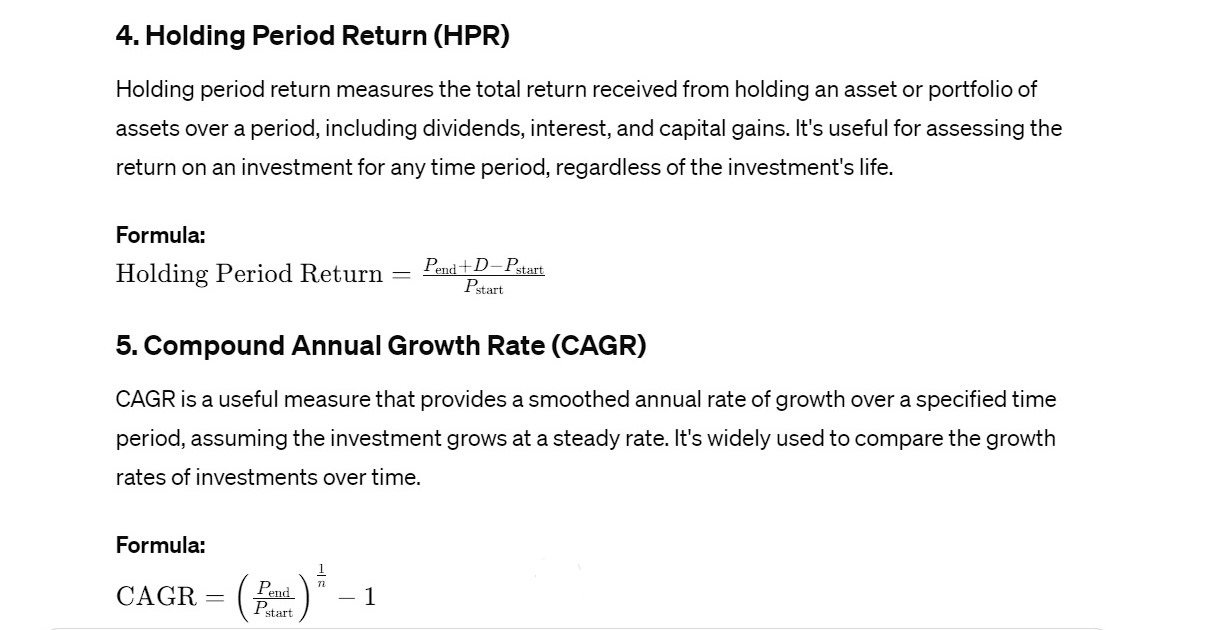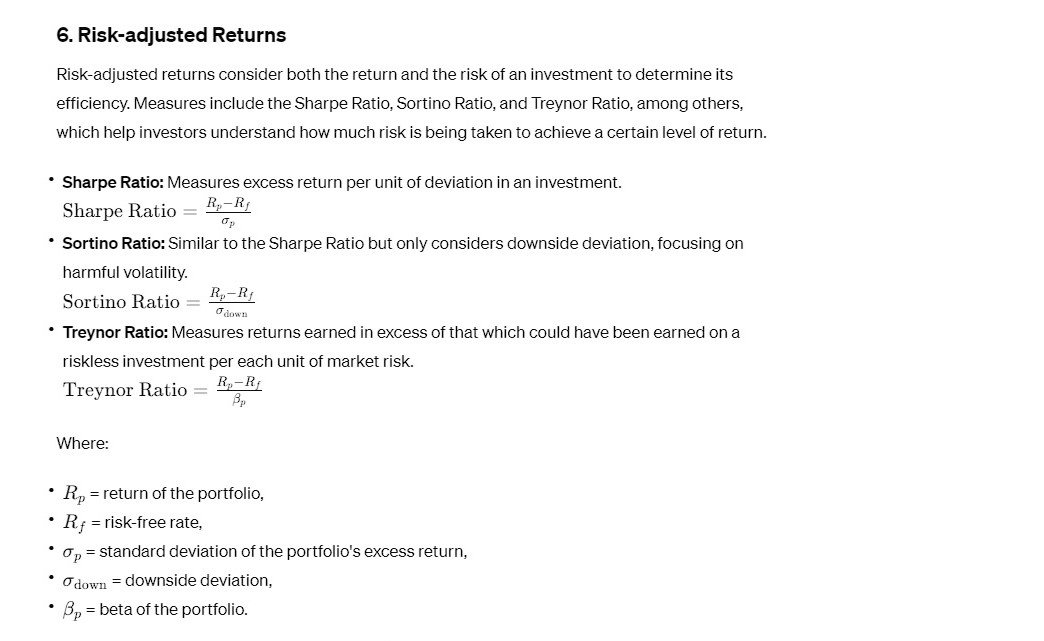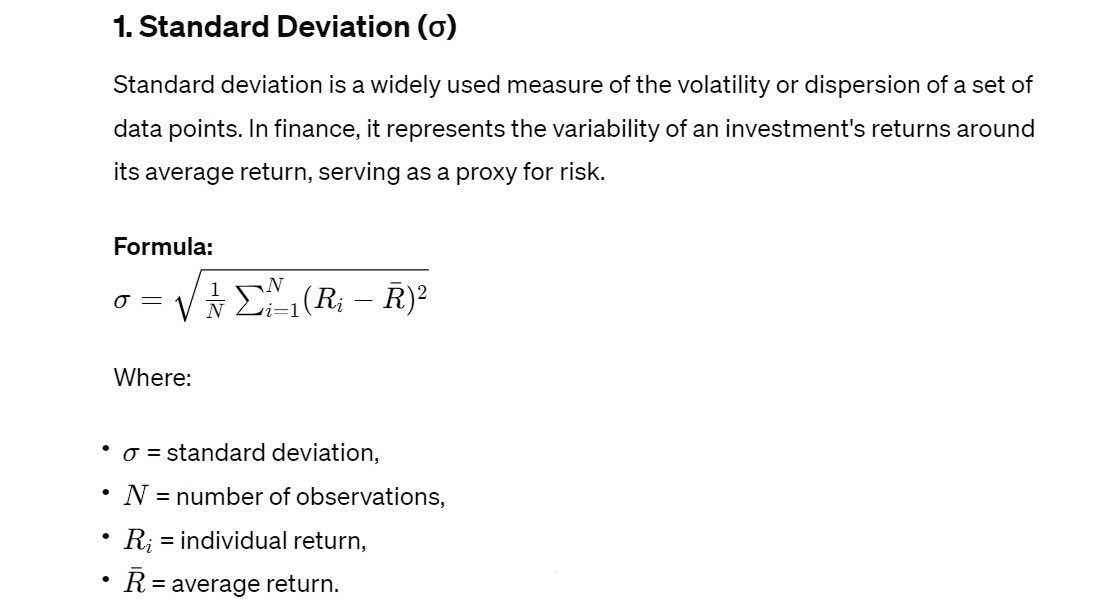Behavioral Finance is an area of study that combines psychological theories with conventional economics and finance to provide explanations for why people make irrational financial decisions. It challenges the traditional assumption that investors are rational actors, fully informed, and acting in their best interest. Instead, Behavioral Finance suggests that cognitive biases and emotions significantly influence investors’ decisions, leading to anomalies in financial markets that cannot be explained by classical theories alone. Concepts such as overconfidence, loss aversion, herd behavior, and mental accounting are central to understanding how psychological factors affect financial markets and investment behavior. By examining the ways in which individuals deviate from rational decision-making, Behavioral Finance offers insights into market irregularities, asset pricing, and the mechanisms behind the choices of investors, ultimately aiming to improve financial decision-making and market outcomes by acknowledging and addressing human limitations.
Behavioral Finance Functions:
Behavioral finance helps explain why markets sometimes move in ways that classical theories cannot predict. It examines anomalies like asset bubbles, crashes, and the equity premium puzzle through the lens of human behavior.
It delves into the psychological traits and biases that affect investor decisions, such as overconfidence, loss aversion, and herd mentality. By understanding these biases, behavioral finance seeks to explain why investors might systematically make non-optimal investment choices.
By highlighting the impact of cognitive biases and emotions on financial decisions, behavioral finance aims to improve decision-making processes. It provides strategies to mitigate the influence of these biases, such as using algorithms or checklists to make more rational investment choices.
Behavioral finance informs portfolio management by recognizing that investors might not always act in their best financial interest. Understanding investor behavior can lead to better strategies for asset allocation, risk assessment, and diversification that account for individual risk tolerances and behavioral tendencies.
In the realm of corporate finance, behavioral finance examines how managers and executives make financing, investing, and dividend decisions affected by their biases and heuristics. It also explores governance mechanisms that can mitigate the impact of such biases on corporate policy and value.
Behavioral finance challenges the Efficient Market Hypothesis by showing that markets are not always perfectly efficient due to the irrational behavior of participants. By identifying patterns of irrational behavior, it may offer opportunities for predicting market movements and generating abnormal returns, albeit with significant limitations and risks.
Understanding the behavioral aspects of financial markets can inform the design of financial regulations and policies. It can lead to the creation of rules and structures that protect investors from their biases and contribute to the stability and efficiency of financial markets.
Behavioral finance highlights the need for financial education that addresses not only the technical aspects of finance and investing but also the psychological factors that influence decision-making. Educating investors about common biases can empower them to make more informed and rational financial decisions.
Behavioral Finance Types:
Cognitive Biases
- Overconfidence Bias: The tendency of investors to overestimate their knowledge, underestimate risks, and overrate their ability to select winning investments.
- Confirmation Bias: The habit of favoring information that confirms pre-existing beliefs or hypotheses while disregarding contradictory evidence.
- Anchoring Bias: The reliance on the first piece of information encountered (the “anchor”) when making decisions, even if it’s irrelevant to the decision at hand.
- Mental Accounting: The practice of treating money differently depending on its origin, intended use, or other subjective criteria, leading to irrational financial decisions.
- Hindsight Bias: The inclination to see past events as having been predictable and to believe falsely that one “knew it all along.”
Emotional Biases
- Loss Aversion: The tendency to prefer avoiding losses rather than acquiring equivalent gains. It’s about the emotional impact of losing being stronger than the joy of winning.
- Regret Aversion: The fear of taking decisive actions because of the fear that, in hindsight, the decision will have been wrong.
- Herding: The tendency to follow and copy what other investors are doing, often ignoring one’s own analysis or the underlying value of the investment.
Social Factors
- Social Proof: The reliance on the behavior and opinions of others to form one’s own opinion or course of action in financial decision-making.
- Narrative Fallacy: The tendency to create a story or pattern from disconnected or random events, often leading to oversimplified conclusions about investments or market movements.
Market Anomalies
- Bubbles and Crashes: Extreme market events where prices inflate rapidly to unsustainable levels (bubbles) or fall sharply (crashes), often driven by irrational exuberance or panic rather than underlying economic fundamentals.
- Momentum Investing: The strategy of buying stocks that have performed well in the past and selling those that have performed poorly, under the assumption that the trends will continue, despite the traditional view that markets are efficient.
Behavioral Portfolio Theory
- Safety-First Portfolio: The idea that investors prioritize the goal of minimizing the risk of a portfolio falling below a threshold level, leading to a focus on lower-risk investments even if it means sacrificing higher potential returns.
Behavioral Finance Advantages:
Behavioral finance provides explanations for market phenomena that traditional finance cannot adequately explain, such as bubbles, crashes, and trends. By acknowledging the impact of human behavior, behavioral finance offers a more comprehensive understanding of how and why markets move.
Recognizing psychological biases and emotional reactions can lead to the development of investment strategies that better account for real-world decision-making. Investors can identify opportunities or risks that might not be apparent when assuming rational behavior, potentially leading to superior investment performance.
Insights from behavioral finance can inform the design of financial products and services that are more aligned with human behavior. This includes retirement plans that use default options or automatic enrollment to encourage saving, or investment options that are structured to mitigate the impact of cognitive biases.
Understanding the psychological factors that influence investment decisions can help financial advisors communicate more effectively with their clients. By addressing clients’ fears, biases, and preferences, advisors can foster stronger relationships and increase investor engagement and satisfaction.
By taking into account the irrational behaviors that can lead to market extremes, financial professionals can develop better risk management strategies. This involves not only identifying potential risks but also understanding how human behavior might exacerbate these risks during periods of market stress.
Insights from behavioral finance can guide policymakers and regulators in designing policies and regulations that protect investors from their biases. For example, regulations that require clearer disclosure of financial information might help counteract the effects of information overload or complexity.
By identifying and understanding the behavioral biases that lead to inefficiencies in the market, participants can potentially correct these biases over time. As more investors become aware of their own biases and those of others, their behavior may adjust, leading to markets that more accurately reflect underlying economic fundamentals.
Behavioral finance principles can be applied to personal financial planning, helping individuals make better decisions about saving, investing, and spending. By recognizing their own biases, individuals can adopt strategies to mitigate these biases, leading to more effective personal financial management.
Behavioral Finance Disadvantages:
Behavioral finance theories often rely on psychological interpretations of investor behavior, which can be subjective and vary from one individual to another. This subjectivity makes it difficult to develop universally applicable models or predictions based on behavioral finance principles.
Many of the biases and heuristics identified by behavioral finance are challenging to quantify or incorporate into mathematical models. This limits the ability of behavioral finance to be integrated into more traditional, quantitatively driven finance and economic models.
Critics argue that behavioral finance may overemphasize irrational behaviors, overlooking instances where investors do make rational decisions based on available information. This could lead to an incomplete understanding of market dynamics by underestimating the role of rational decision-making.
While behavioral finance is adept at explaining past market anomalies and investor behaviors, it often struggles to predict future market movements or behaviors accurately. This limits its utility for investors seeking actionable investment strategies based on behavioral finance principles.
In trying to categorize complex human behaviors into specific biases or heuristics, there’s a risk of oversimplifying the rich and varied nature of human decision-making. This simplification can lead to incomplete or inaccurate representations of how investors actually behave.
Research in behavioral finance sometimes produces inconsistent or contradictory findings, reflecting the complexity of human psychology and the vast array of factors influencing financial decisions. These inconsistencies can make it challenging to draw firm conclusions or develop coherent theories.
Even when insights from behavioral finance can be applied, implementing strategies to counteract biases or exploit behavioral patterns can be difficult in practice. Investors themselves may be resistant to strategies that attempt to correct for their biases, and market conditions can change rapidly, rendering some behavioral strategies less effective.
Applying behavioral finance insights, especially in product design or marketing, raises ethical questions. For instance, there’s a fine line between using knowledge of biases to help investors make better decisions and exploiting those biases for commercial gain.
Like this:
Like Loading...










